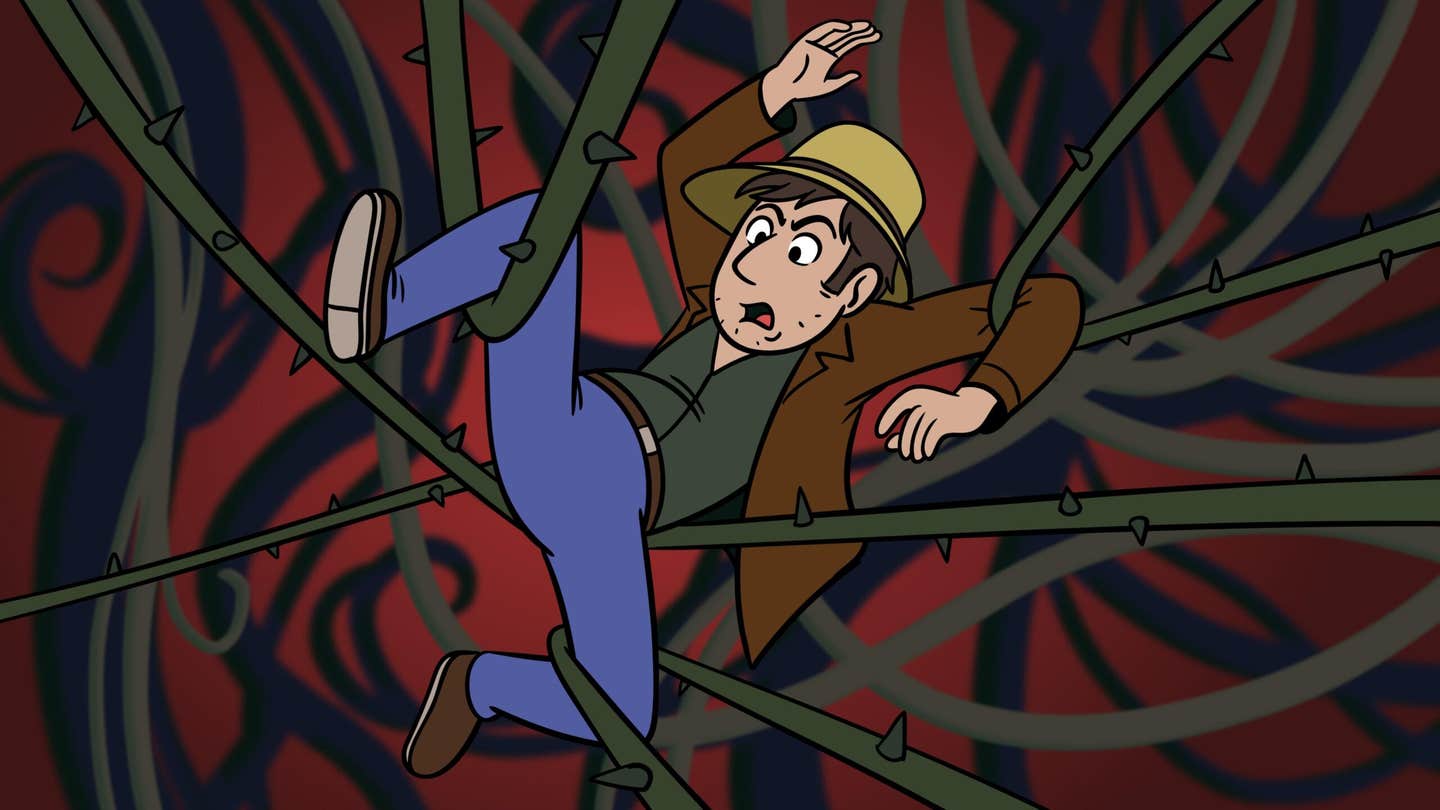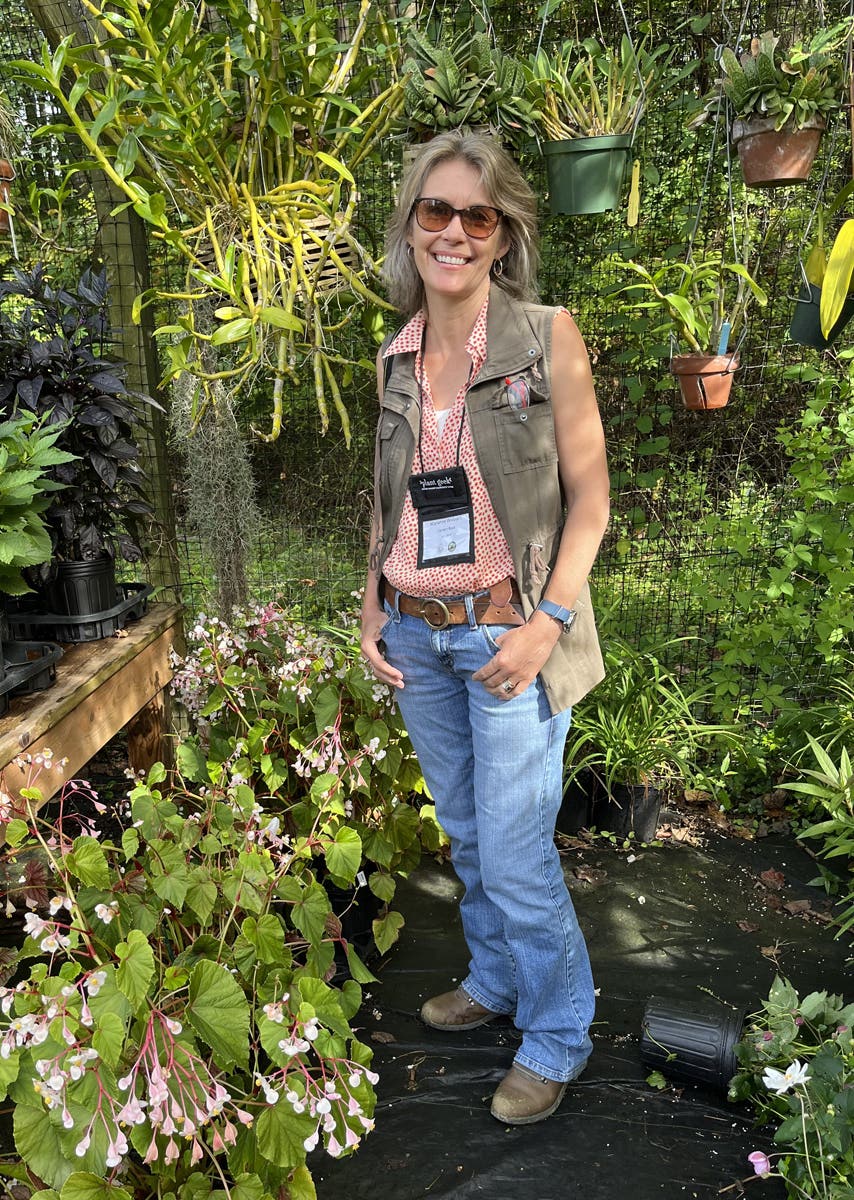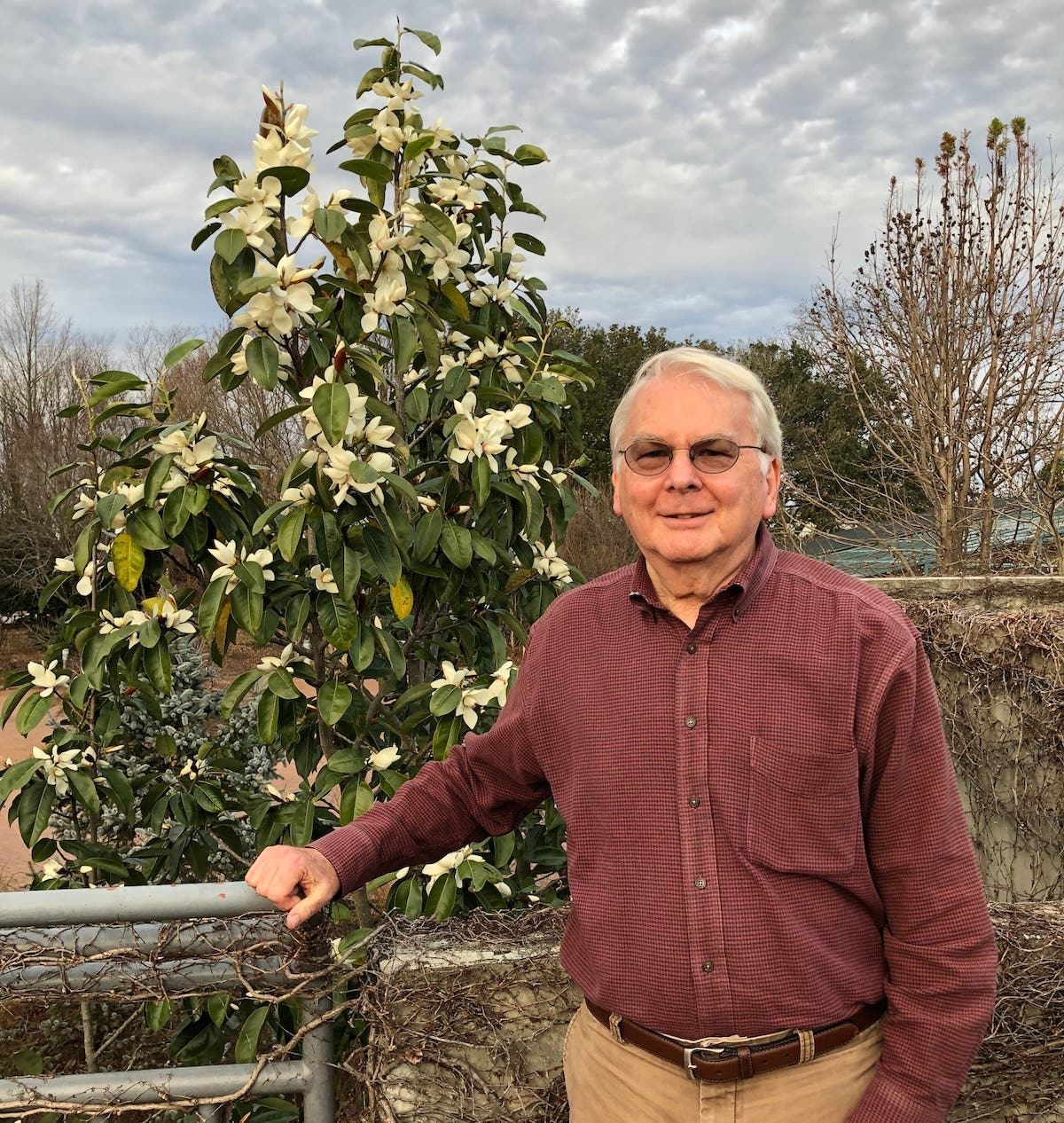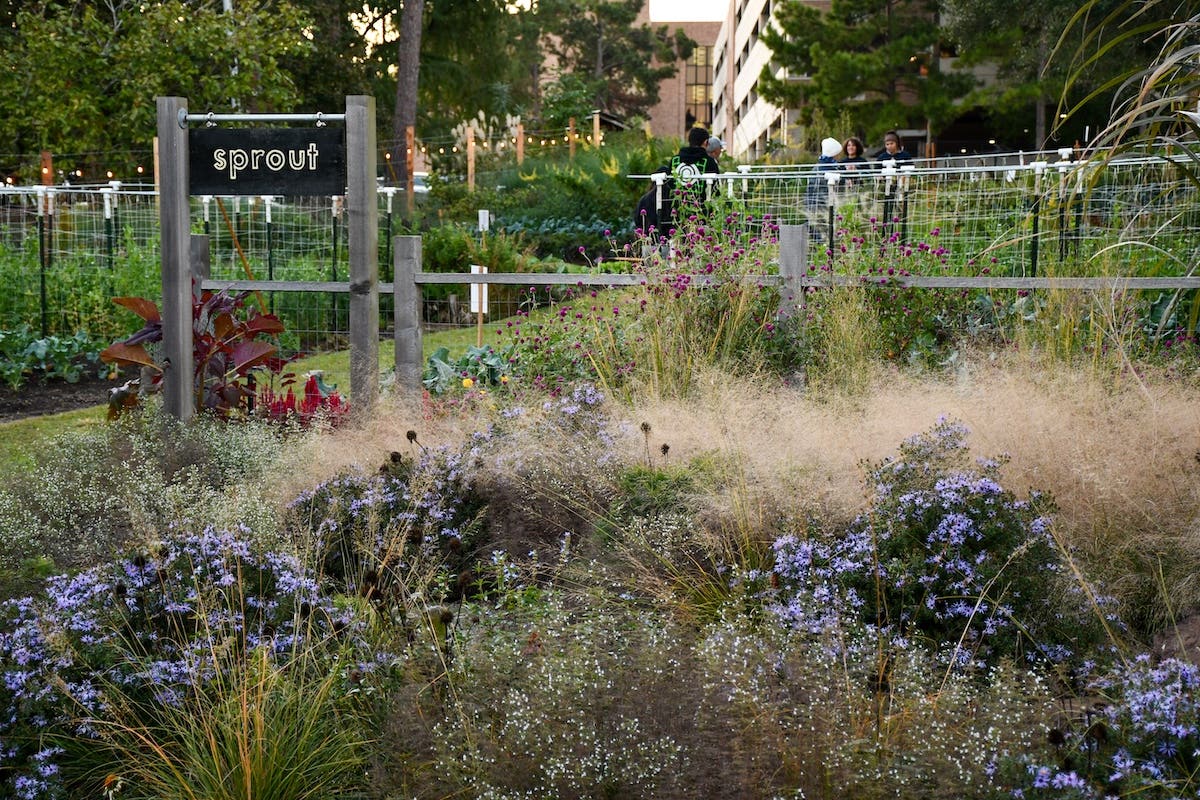Estimating Tree Age
Ever wonder how old the trees in your yard or on your street are? Here’s a way to estimate tree age (without chopping them down to count the rings!).
As an Amazon affiliate, we earn from qualifying purchases made through affiliate links.
Ever wonder how old the trees in your yard or on your street are? Here's a way to estimate tree age (without chopping them down to count the rings!).
Arborists have a formula for estimating the age of forest-grown trees. Here's what to do:
1. Determine the species.
2. Measure the circumference of the tree, four to five feet up on the trunk.
3. Divide the circumference by pi (3.14). The answer is the diameter. Arborists call this measurement the DBH, or diameter at breast height.
4. Multiply the DBH by the "growth factor" for the species. Growth factors for common species are listed in "Estimating a Tree's Age Without Cutting it Down" at ThoughtCo.
Keep in mind that this formula is based on average growth rates of trees in forests. Trees growing in the open, where they don't have to compete for water, nutrients or sunlight, can grow faster than forest trees. Therefore, a tree in a suburban back yard may be slightly younger than its diameter suggests.
If you're interested in learning more about street trees and the history of community tree plantings in the United States, I highly recommend the book Urban Forests by Jill Jonnes.







